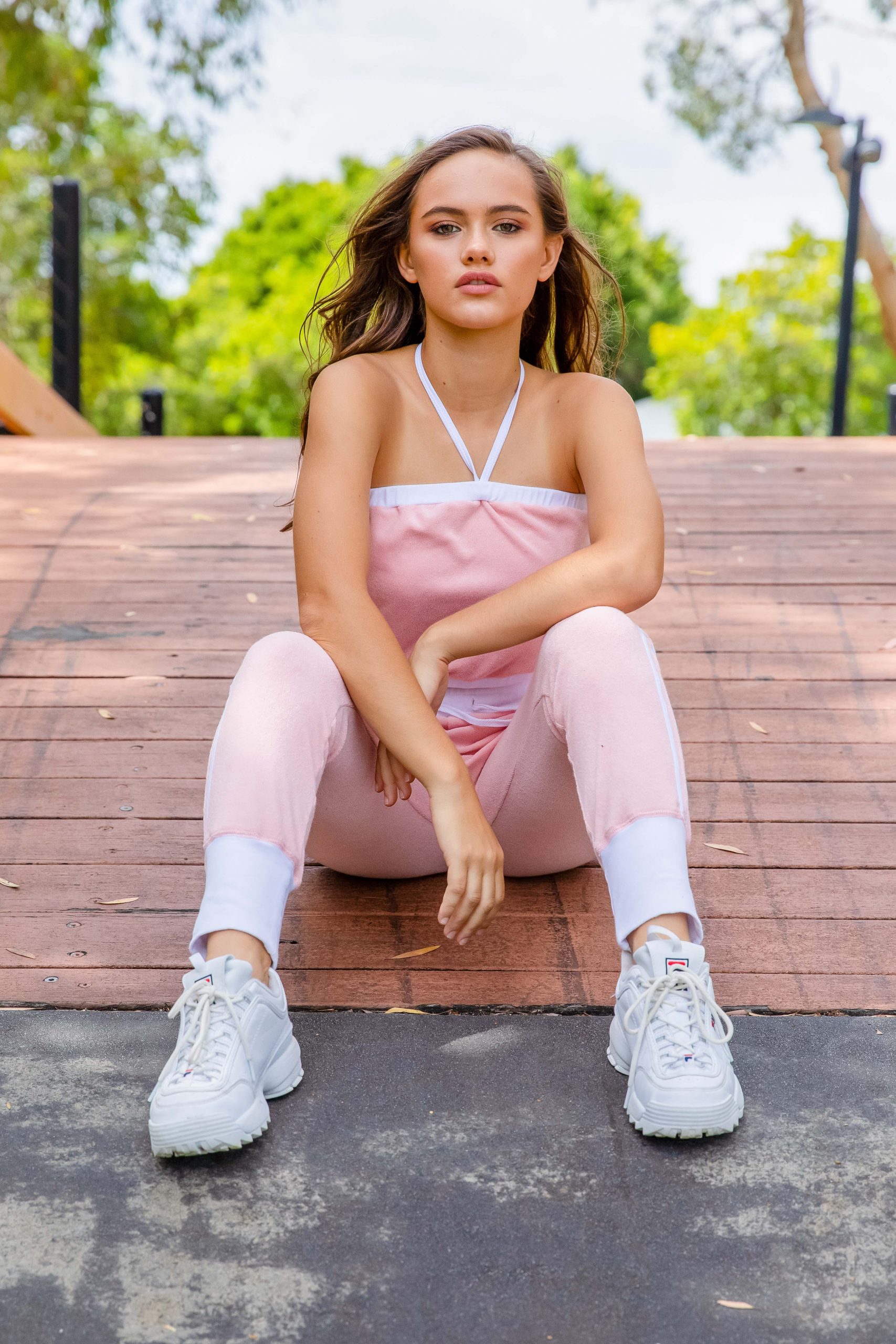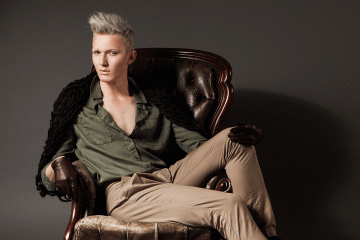The Beginner's Overview to Product Photography
If a photo deserves a thousand words, a sensational product photo deserves a thousand website gos to. Although I don't have information to support that statement (yet), product photography can be exceptionally beneficial to your ecommerce website strategy.
To reach your target audience participants who favor acquiring online, you also need to give your target market clear, attractive images of your items.
But product photography isn't as simple as directing and also shooting. Even the most fundamental products require the correct equipment, illumination, and space to create stunning images that offer customers right from the acquisition page.
6 Product Photography Tips (and Examples) for Taking Pictures That Market
Here are the pointers, examples, and products you'll require to properly picture as well as market your items in such a way that makes your site visitors and also leads wish to transform.
1. Don't be afraid to utilize your mobile phone's electronic camera.
This is the component where I'm meant to encourage you to buy a high-end, 50-megapixel (MP) electronic camera with a 100-millimeter screw-on lens. But I'm not going to do that.
If you already own a camera that fits this summary, make the most of it. But also for several types of items, it's totally appropriate to shoot product photos on a smart device.
Newer smart devices boast powerful cam lenses as well as setups that enable you to optimize your shots for the different kinds of light and also settings you could shoot in.
If you need much more persuading, simply look into Apple's Shot On An apple iphone campaign and also the images that have resulted from it for many years such as this one:
2. Shoot from a tripod for photo consistency.
Before describing tripods, I'm obliged to begin with a principal rule: Do not prop your phone against something tough to intend your lens toward the topic.
It's just also very easy for this makeshift arrangement to move around throughout the shoot as well as trigger incongruities in your pictures' look. If you relax your video camera on, state, a stack of publications, just make certain this arrangement doesn't alter over the course of the shoot.
There's no injury in holding your electronic camera on your own when firing just a few product images for your ecommerce website. But as your business expands, and also you take more pictures of even more items, it can be difficult to standardize the product's alignment in each photo when firing portable.
To make certain uniformity throughout your items, you'll require a tripod. And luckily, buying one isn't always the huge, industrial-sized investment it made use of to be.

Here are 2 types of tripods to consider.
Typical vs. Adaptable

A versatile tripod can be controlled in a variety of ways. You can bend its legs as well as place it on different surfaces to get the angle you require.

Mobile Hold
There's frequently a screw on the top of your tripod which connects to your camera to hold it in place. The underside of a lot of professional-grade cameras has a screw opening just for this function, but smart devices can use the following adapter:
The adapter holds the sides of your smartphone as well as can screw right into either sort of tripod, permitting you to run the camera manages with the phone screen dealing with external and also towards you.
Once you identify which install you'll need, set it up before your product, as well as take into consideration placing 3 items of tape on the ground to mark where you want to maintain each leg of your tripod over the course of the shoot.
3. Select natural light or artificial light.
Never undervalue just how particular sorts of light can boost (or hinder) your product photography. Bear in mind, purchasers obtain the very best look at an product in person, where they can see whatever they need to before getting. The best lights plan aids you reveal those critical decision-making product attributes when all web site site visitors need to go on is a photo.
A solitary illumination setup could not help every product-- a lights arrangement that works for some products could damage the appearance of others.
There are two types of light you can pick as your primary source of light: natural and artificial light.
All-natural Light
Natural light refers to sunlight-- basic as that. It's additionally called "soft light" since the sunlight casts a larger, softer series of light than, claim, a lamp radiating straight on the product. Ecommerce product shots thrive in natural light if:
The product is shot outside or indicated to be used outside.
The product is used by, worn on, or shot with a person (people often tend to look much better in all-natural light).You're trying to emphasize the product's environments, instead of specific attributes of the product.
Below's an example of a shot utilizing natural light:
Man-made Light
Fabricated light includes candle lights, fire, as well as much more generally, light bulbs. It's likewise described as " tough light" since it produces a smaller sized but much more focused light surface area. This sort of light deals with products with physical information that require to be highlighted to impress an online consumer.
As a general guideline, stay with simply one sort of light per photo-- all-natural or fabricated. Including all-natural light to an synthetically lit photo can soften a product that's meant to festinate, and also adding fabricated light to a normally lit photo can develop a product that's suggested to look soft. You do not intend to get in your own way.
4. Load or bounce your light to soften darkness.
Whether you use natural light or man-made light, you'll require to lessen the shadows that any kind of potential tough light casts on the opposite end of a product.
There are three means to do this:
Fill up Light
Include an additional, less-intense light to supplement your main light. This added light is called your fill light as well as is utilized as a counterbalance to soften the natural darkness your major light produces behind an item.
To do this, position your fill light contrary your major light so your product sits in between both source of lights.
Flashbulb Bounce Card
A bounce card, or reflector card, is a small card that "reflects" or " jumps" the main light back onto the surface beneath your product to decrease darkness.
Some bounce cards attach to the flashbulb of a specialist cam lens to diffuse the light from the cam's flash. This card splashes a softer light onto the subject from over your set-- rather than straight at it-- so you do not have long darkness trail behind the object you're firing.
Standalone Bounce Card
If you're firing from a smart device, a flashbulb bounce card isn't an option, given that you do not have a physical flash you can attach it to. Rather, make your very own standalone bounce card positioned opposite your major source of light.
For newbies to product photography, this bounce card can properly change your fill light, which counters the difficult light from the electronic camera flash or light that's encountering toward the front of your product.
5. Utilize a move or portrait setting to emphasize the product.
There isn't one right means to position your product, lights, as well as jump cards-- they can change considerably depending on your background. However don't choose a background based on what's most convenient to produce. Histories ought to appear like exactly how you want your buyers to view your product when watching it online.
Consider initially whether you would certainly like a white history or a more dynamic, real-world history. There's an very easy way to achieve each one.
White Background: Move
For white histories, it's not as straightforward as establishing a table against white drywall. Even smart device cams can pick up little acnes on a white wall that you would not see with the naked eye. To catch a perfect white history without any corners or imperfections, use a move.
A move is a large flexible sheet of paper, whose bottom acts as the surface under your product and then curves up right into a white wall surface behind the product.
On video camera, the move's curve is unseen, stressing vital product details as well as allowing the item to possess every one of a site visitor's interest.
Real-World History: Picture Mode
Dynamic, real-world backgrounds are really appealing when shooting products that have a specific use or are being designed by a person-- as you saw in the picture of the brief-case earlier in this guide.
Yet, it's easy for a real-world history to swipe the emphasis of the photo, making it uncertain which thing in the photo you're in fact offering.
Give your product depth and also focus with picture setting, a image setup on the majority of expert video cameras, and also readily available on numerous new smart devices. This setup blurs the history so the context of the product is clear however not contending versus the product itself.
Below is a very outstanding photo of a HubSpot pen absorbed picture mode on a Google Pixel 2 (I took this photo myself). You can tell the pen sits on a workdesk with a computer system behind it, yet the pen is still the centerpiece for visitors:
6. Shoot a selection of pictures.
My last ecommerce photography suggestion to you is to not stop at one photo per product. Equally as your customers look, hold, use, as well as even try on goods in a store, your internet site needs to fire a variety of images to replicate this very experience.
If you're firing clothing, for instance, catch the garment of clothes alone-- that is, spread out on a white surface-- in addition to on a mannequin whose color contrasts the color of the product.
After that, for added images, Multimedia Photographer have the clothing modeled on a person, enabling you to take images of the product from the individual's various positions and also angles.
Product Photography Set Up
Next off, allow's summarize what we just got-- below's a list of fast product photography set-up tips that you can describe and also share on your team:
• Decide on a camera-- whether that implies using your mobile phone.
• Get a tripod that works for your camera of option.• Select all-natural or fabricated lighting-- think about which option is best for your product and also atmosphere.
• advertising campaign photography Determine whether you'll fill or bounce light.• Select sweep or portrait setting.
• Take a number of various images to supply your visitors variety.
Get Started With Your Product Photography
Do not really feel obligated to invest in every suggestion as well as piece of equipment at the same time. Use these product photography tips slowly to see what makes your store look one of the most nice, and also change your technique as your photography chops get better.